

RIDHIMA JAISWAL
ridhima.jaiswal@gmail.com / 8527331755
PROJECTS
My interest in the socio-cultural dynamics between people and their environment and academic background in human centered design got me interested in the field of Design Research.
I have explored and participated in various aspects of research practices such as research design, ethnographic study, analysis, conducting workshops and conceptualizing ideas and strategies both nationally and internationally.
In my professional experience I have experimented and evolved myself to work with people from an eclectic mix of researchers, designers, MBA’S, marketing and technology to deliver concepts and strategy from a design perspective.
My love for travel, photography and interacting with different people always keeps my passion up and contribute to my Research practice.
EXPERIENCE
4+ years of industry experience in the area of design research, art management, exhibition design and fashion.
EDUCATION
M Des. National Institute of Fashion Technology, New Delhi 2008-2010
BSc. (Fashion Design) JGI, MATS University, Raipur 2003-2006
PROFESSIONAL EXPERIENCE
Future Factory
Ethnography Study: Consumer Durables
Design Strategy: Brand Positioning & Product Innovation
Concept Testing: Consumer Durables & Product Innovation
Other Initiatives: Design Platform
CKS Consulting
Communication Strategy Design: Healtcare
Concept Design & Business Strategy: Telecom
Trend Forecasting: Consumer Durables
SELF INITIATED
EK Nayi Khirkee: Social Intervention
Tent Games: Design Intervention
ACADEMIC
Empathy Clothing- A design for a blase’ city: Design Innovation
Smart Tots-self lean clothing: Design Innovation
Magic & Melodies-marvels of Surabhi Theatre: Ethnographic Research
At Future Factory
Developing research practice for an industrial design firm
Develop generative research & analysis tools along with training team members for on-field research.
Leading research team to manage research plan, logistics, field research, insight generation and concept development.
Feeding designers with inspiration for product design through research and exposing them to the milieu where their products interact with users.
I. ETHNOGRAPHY
• Te Future of Entertainment
• New Age Kitchen for Indian Homes
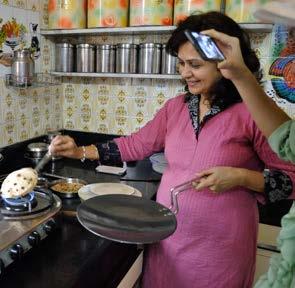
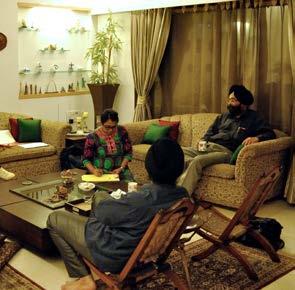
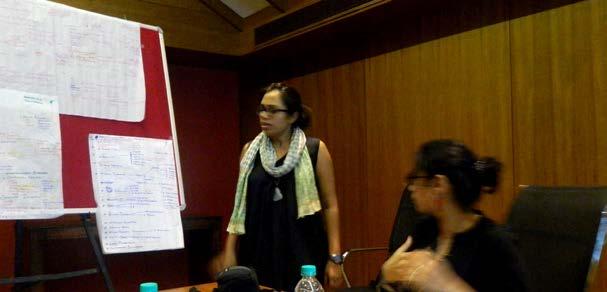
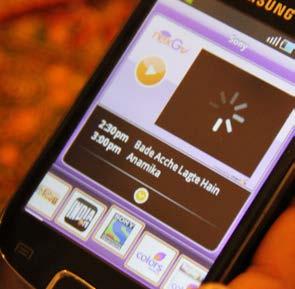
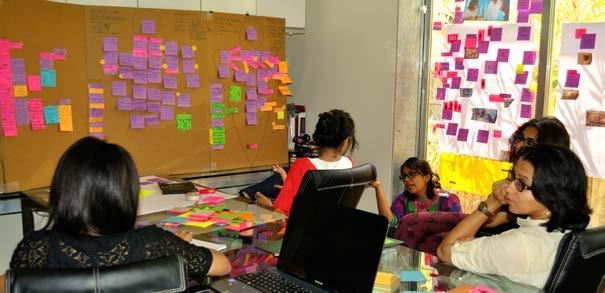
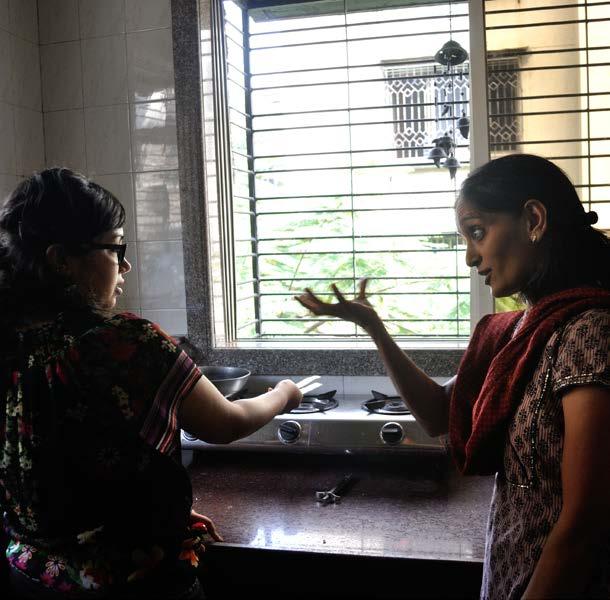

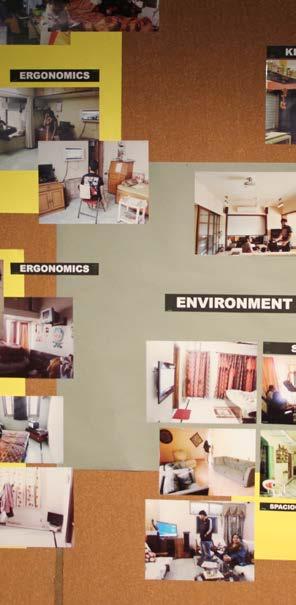
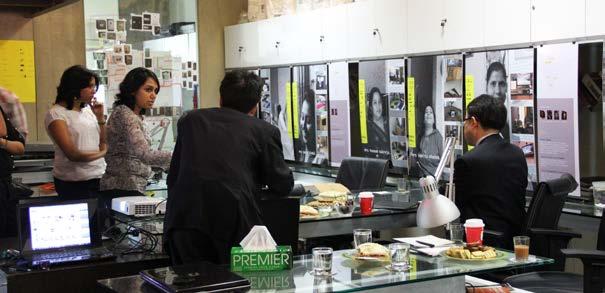
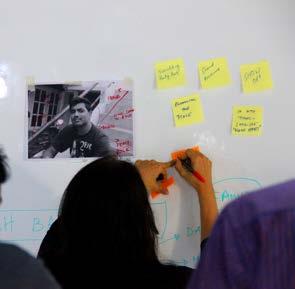
II. STRATEGY DESIGN
• Design strategy to difdferentiate brand positioning
• Communication Strategy for New Product positioning

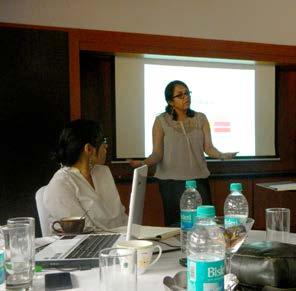

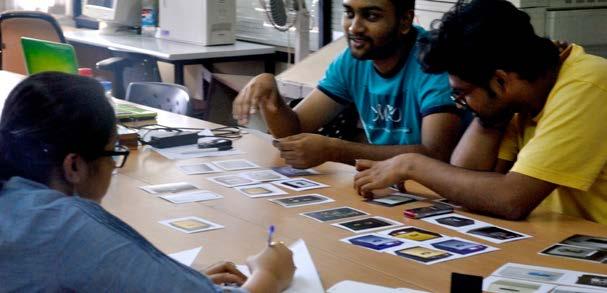

At Future Factory
Translating insights to concepts and strategies.
Work with designers for meaningful translation of insights to design concepts and strategies.
Work with businesses to integrate strategy + innovation through research.
III. CONCEPT TESTING
• Concept Test to inform decision making for launching new product
• Exploring gaps in existing product market for new intervention
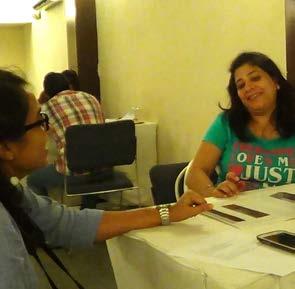




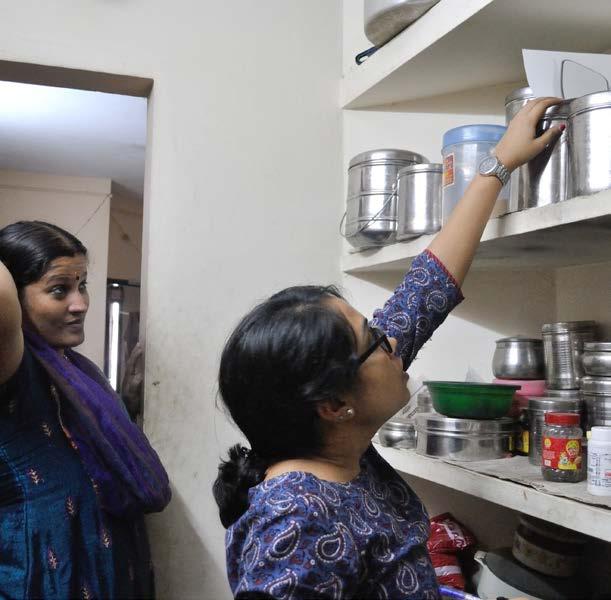


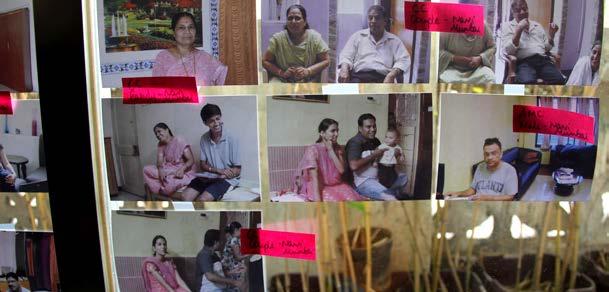

IV. OTHER INITIATIVES
• INDIA DESIGN INITIATIVE
Understanding the scope & reach of design among Indian Consumers through street conversations & expert interviews.


OBJECTIVE/ BRIEF
1. To identify the knowledge, attitude and perceptions upon the existing health care seeking behavior in rural Bihar with regards to tuberculosis (TB), Visceral Leishmaniasis (VL), diarrhea and childhood pneumonia.
2. To indicate information needs and recommend communication content types and strategies for creating awareness about the diseases and tele-medicine centers as a health care service.
Information and Communication Strategies to Promote Tele-medicine Provision Center Services in Rural Communities
DURATION- 6 months
TEAM- 5 members
CATEGORY- Health Care
DESIGNATION- Part of the project as Design Researcher at CKS
PROFESSIONAL EXPERIENCE- Communication Strategy Design
RESEARCH LOCATION
The state of Bihar in India was selected because developments across various sectors, such as health care and financial services, have been initiated with the support of the State

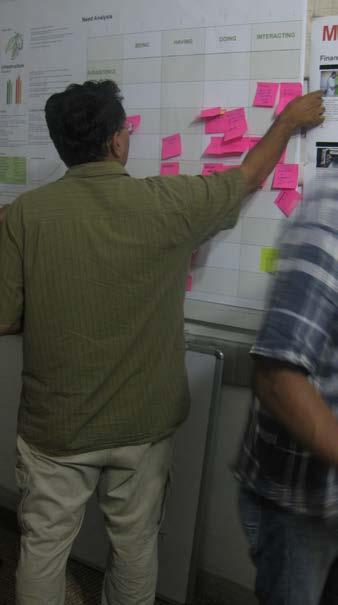
PROCESS
Research Preparation
Preliminary & Secondary Research
Dummy Field Research
Research Design
Field Research
Quantitative Research and Data Collection
Ethnographic Research
In Depth Interviews with Families
In Depth Interviews with Key Influencers
In Depth Interviews with Rural Medical Practitioners
Community Visual Culture and Media Mapping
Post Field Research
Data Extraction and Analytic Review Strategy Design

ROLE & CONTRIBUTION
Field research
Data Extraction and analysis
Strategy Design
Creation of field reports
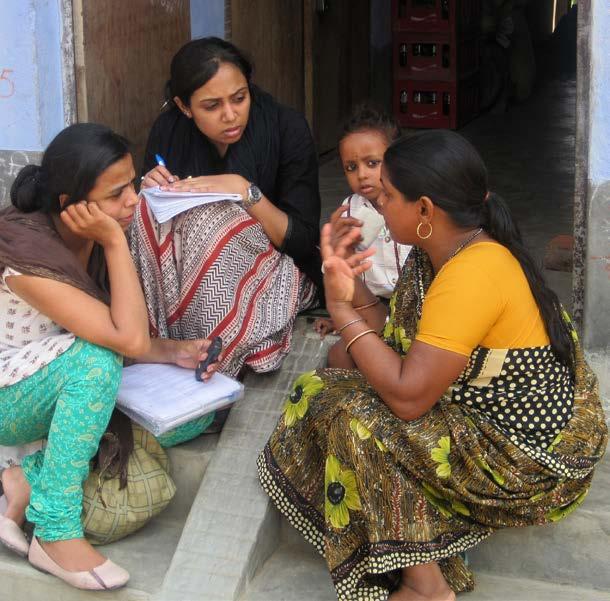


OUTCOME
Design Strategies based on the healthcare seeking challenges to plot opportunities for promotion and development of tele-medicine services in rural Bihar.
For healthcare seeking map-
Data map explains the trajectory of health seeking behavior of the researched and classified under two categories namely Minor Illness and Major Illness
Trajectoryofhealthseekingbehavioroftheresearched respondents

OBJECTIVE/ BRIEF
1. Support or refute customer driven assumption & answer the ‘why’ behind the usage & adoption of mobile products and services.
2. Illustrate the emerging & consolidating trends of consumer’s trajectory of adoption & usage of mobile project and services.
3. Define opportunities for the development of mobile based products & services.
4. Identify points of convergence & divergence between the Indian & African consumer to understand transferable opportunities & potential cross regional & cultural platforms.
5. Develop framework for prioritizing commercial opportunities for products & services & the willingness of customers in adopting them
The Future of Mobile Internet and Data Services in Rural Emerging Economies
RESEARCH LOCATION
Ghana and India display various dimensions of the discussion on the relationship between growth and development, making them ideal research locations for understanding the use of mobile technology in bridging the ever-widening development gap. In addition to this, there is a rapidly rising internet and mobile phone penetration in the two countries.

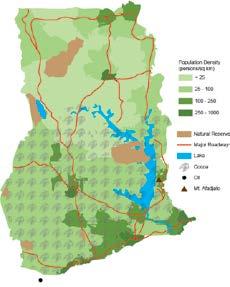

PROCESS
Pre-field Research
Secondary Research & Data Collection
Expert Interview
Knowledge Exchange with client’s Analytic Framework Creation


Field Research
Day-in-the-life-of Ethnographies
Home
Ethnographies & Media Mapping
Community Group Discussions
Social Network Mapping
DURATION- 10 months
TEAM- 5 members
CATEGORY- Telecom
DESIGNATION- Part of the project as Senior Design Researcher at CKS
PROFESSIONAL EXPERIENCE- Business Strategy & Concept Design
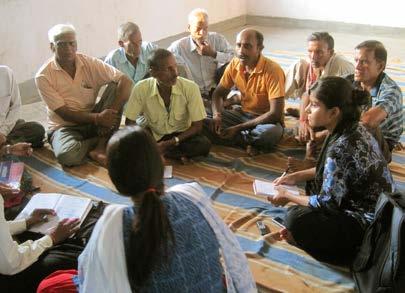
Post-field Analysis
Data Review & Extraction
Internal Analysis Workshop
Identify & Analyse Use Case Scenarios
Challenge & Opportunity Areas Mapping
Rapid Concept Generation
Concepts Evaluation and Prioritization
Service Concepts Detailing
Strategy recommendations
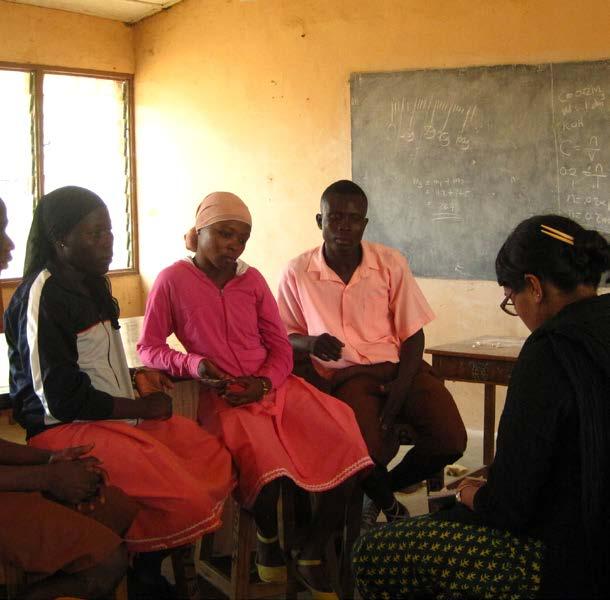
ROLE & CONTRIBUTION
Secondary Research
Collaborative workshop with clients
Creation of field guides & report structure
Conducting feild Research in India & Ghana
Compilation of field reports
Data Analysis
Concept Development & Strategy Recommendation
OUTCOME
Inform commercial opportunities & public policies for mobile data services in the rural emerging economy markets that will allow developmental benefits in the sectors of health care, financial services, education, governance, agriculture & utilities.
Uncovering & Understanding
• unarticulated needs and expectations.
• challenges in receiving service benefits.
• challenges in service delivery.
• cross sectoral opportunities.
• opportunity for mobile product and services for the sectors outlined.
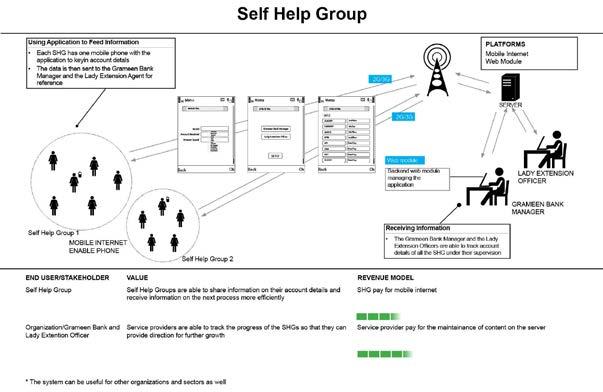


OBJECTIVE/ BRIEF
1. Mapping the socio-cultural trends and their influence on lifestyle choices and home appliance consumption.
2. Understanding color, material, texture and pattern preferences of consumers in diverse socio- cultural locations.
3. Forecasting future trends and developing themes for specific categories of home appliances namely, refrigerator, air conditioner, microwave and washing machine for near future (1-2 years).
4. Developing color, material, finish, texture and pattern palettes for future application on home appliances
CMF Study 2013-14
Trend directions for home appliances
DURATION- 2 months
TEAM- 4 members
CATEGORY- Consumer Durables
DESIGNATION- Project Manager at CKS: Managed & articulated project
PROFESSIONAL EXPERIENCE- Trend Forecasting
RESEARCH LOCATION
Four cities namely Bangalore, Chennai, Delhi, & Mumbai were selected to map axes of socio-economic, cultural, functional and emotional influences on lifestyle and consumer trends.

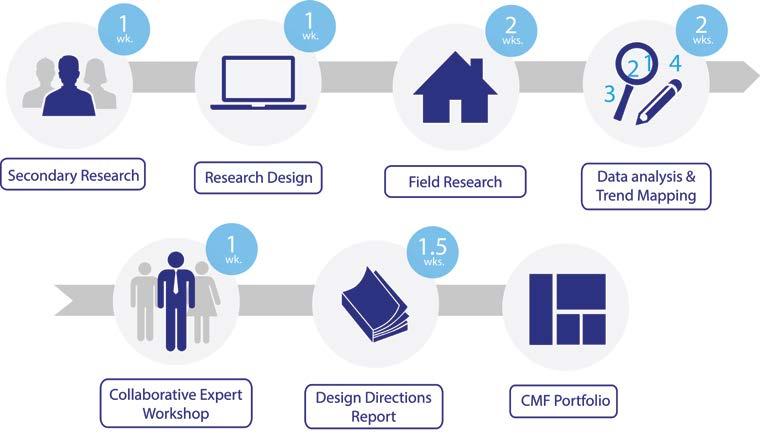

PROCESS
Secondary Research
Market Mapping
Home Ethnographies &
Photo Elicitation Exercise

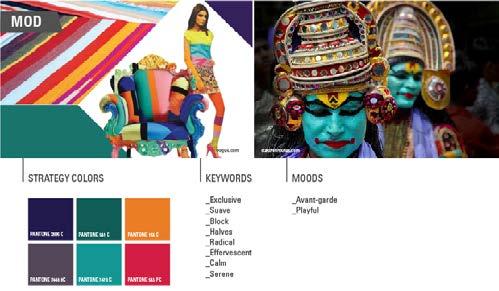
Data Analysis & Trend Mapping
Collaborative Expert Workshop
Design Directions Report
CMF Portfolio
ROLE & CONTRIBUTION
Overall taking care of the project.
Handling client communications and meetings
Training junior researchers
Conducting field research
Generating insights
Conducting collaborative expert workshop
Generating Themes and design directions
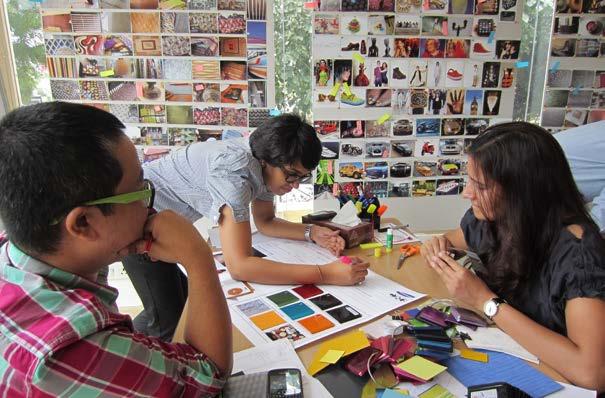
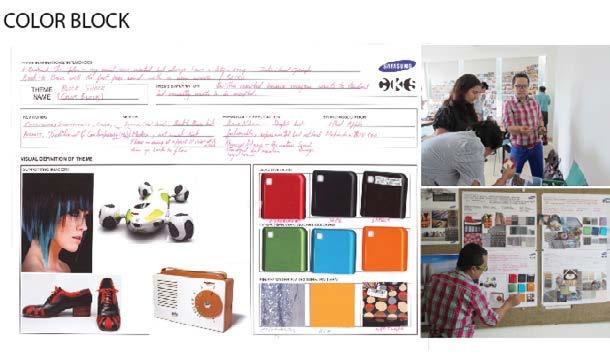
OUTCOME
The Project forecasts most compelling trend directions for 2013-14 for consumer durables namely refrigerator, air conditioner, microwave and washing machine.
It includes a comprehensive report synthesizing the rich socio-cultural insights from four cities of India and their implications on the visual culture and aesthetic sensibilities of the consumers. A CMFTP portfolio including material and pattern swatches along with pattern boards giving 3-4 pattern directions for each city in illustrator format

INTRODUCTION
Ek nayi khirkee (A new Window) is an initiative to generate a dialogue among the kids of the community concerning their diverse feelings about the Khirkee village and the neighborhood the positives and the negatives of this place. How they can take their own small initiatives to solve what they feel is a problem and also can maintain and be proud of all they feel is good about the place. It’s an effort towards creating consciousness through mutual exchange. It might spark the participation of the kids in matters of the community and how their creative and innovative ideas can be better solutions, not corrupted by the cast & class biases that elders nurture within themselves.
Interesting here is to see the participants for whom participation of this character is a struggle to break their own psychological barriers and come to terms with this common ground where every child can give their idea and raise their concerns.
Ek Nayi Khirkee: A Community Platform
DURATION- 4 months
TEAM- Independent
CATEGORY- Social Intervention
EXPERIENCE- Part of Urban Typhoon Workshop
OBJECTIVE
The project focused in designing a platform to engage kids in discussions and debates around community development. Create spaces for ideas to breathe and feelings to express.
PROCESS
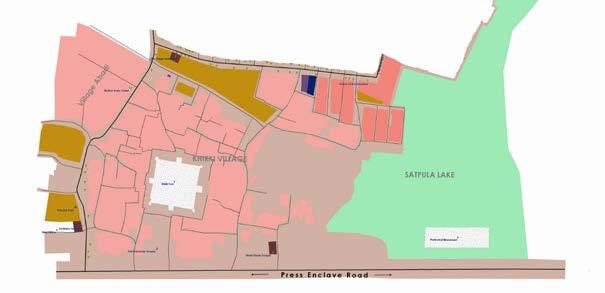
Started with a discussion by dividing the kids into two teams, ‘The Kings of the Mall’ and The Warriors of Khirkee’ and how each one is proud of his own land. During the debate the kids were made to change their teams and restart the debate, basically swapping their roles and ownership respectively. They were made to understand their neighbourhood as an outsider & being an inhabitant of Khirkee. Each one shared the strengths and weeknesses of the community. Finally they discussed ideas of how in their own reach they can find solutions for these problems.
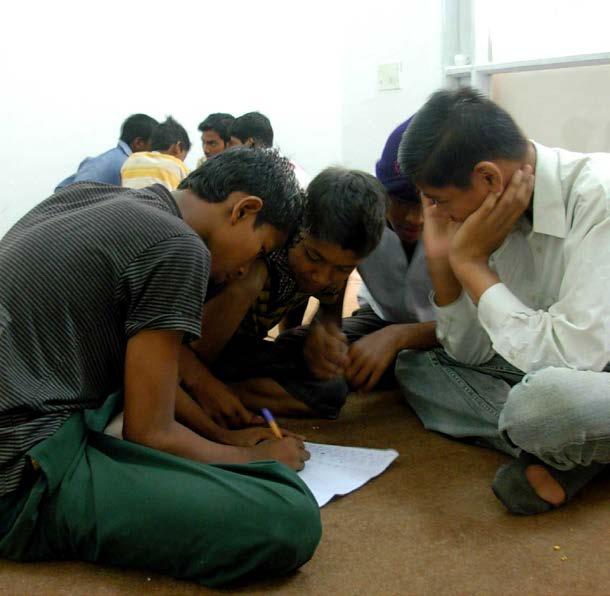



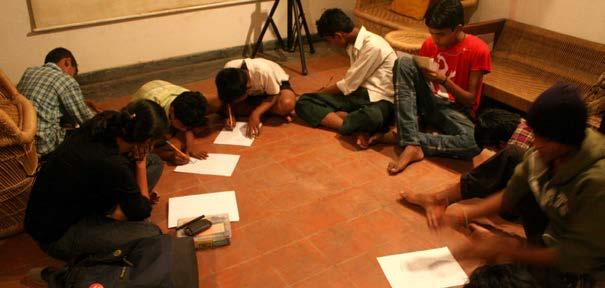
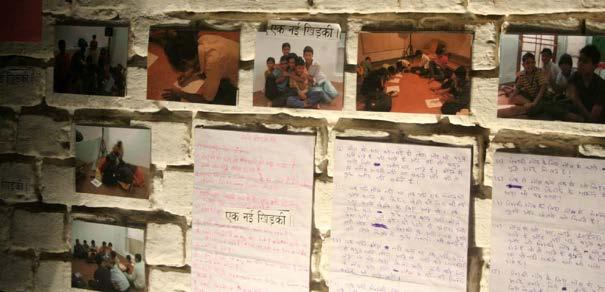
OUTCOME
An Open Day at the end of the 10 days workshop to share the outcomes of the projects with the community members involving them in the evaluation and feedback process. It also concluded 10 days of activities and interaction that the community experiences with the participants.
ABOUT URBAN TYPHOON WORKSHOP
Urban Typhoon workshop was organized as collaboration between URBZ and KHOJ.
The aim was to discuss the future of Khirkee Village extension, one of more than 1300 unauthorized neighborhoods in New Delhi. Combining local knowledge with creative approaches, different topics and ideas were discussed and tested within the workshop group and local community.
One of the main challenges for participants coming from other places was to find respectful & constructive ways to engage with people in Khirkee. The workshop doesn’t offer a formula for participation. The equation with “the community” was invented by all participants individually and collectively. This is where creativity was needed.

INTRODUCTION
Every time while travelling in the city the moment my auto use to stop at the traffic signal the street kids would gather around the auto and start selling magazines, flowers, toys; “Didi yeh lelo na nayi book hai, yeh fool le lo sahib ko de dena, acha panch rupai main lelo…..Oh God!”. I would always wish for signal to turn green so that the auto start moving, until one day when at a signal no one came to me to sell or say anything. It left me wondering why it was so quite while I was waiting for the signal to turn green I never realized until then that the same place could feel so alienated and these otherwise considered irrelevant people could mean so much. Not only could these but the absence of every hawker that serve us with small service we need within an accessible distance mean so much. There is a certain acquaintance that we share with our vicinity and any change in it gives a feeling of being estranged. This is exactly what felt when all the hawkers and street dwellers went missing around my colony. They are an obvious part of our experience of our city and their absence does get registered and affects us quite often.
DURATION- 2 months
TEAM- 5 members
CATEGORY- Design Intervention
EXPERIENCE- Self Initiated
Tent Games: Living Paradox of the Common Wealth Games
An event like Common Wealth Games awards international platform to the participants, an international iconoclasm to the country and its government, entertainment and exposure to the public and disregard and disrespect to a certain section of the society who according to some futurists and visionaries of our country do not fit into this flawless image. When we spent so much on a superfluous event like this why can’t we spend a little more or consider inhabiting this unfortunate class? Well, probably the government and the authority involved in making the budget and planning a magnificent event like this should ask this question to them self.
As an individual it did bother me to see such tremendous expenditure on the beautification of the city and the infrastructure but not even a thought for thousands of workers who worked in these constructions and renovations. They were never allowed inside the stadiums and were made to run or hide like rats in the hidden corners of the city and treated like untouchables while the world was watching us as a progressive nation. They consumed the Common Wealth Games (CWG) through the flex advertisements.

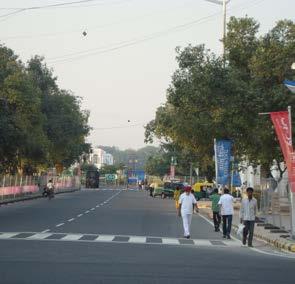

OBJECTIVE
Design as a paradigm has touched and affected human lives significantly. It has the quality and clout to engender value in an object or material which might otherwise has lost its efficacy. In this project the effort is to extend this character of design practice and generate a dialogue, as an event of such a scale like Commonwealth Games has ignored to address certain issues and spaces which are critical and requires attention.
OUTCOME
My proposal for this project focuses on reutilizing certain material used during CWG like flex and flags to design transformable tents for the laborers living on the streets. The suggestion is to metaphorically confer their share of this event, being a part of the same society. This will be done by using the flex banners to make what they need the most, a home. These will be tent come garments; temporary in nature as they cannot get a permanent place.
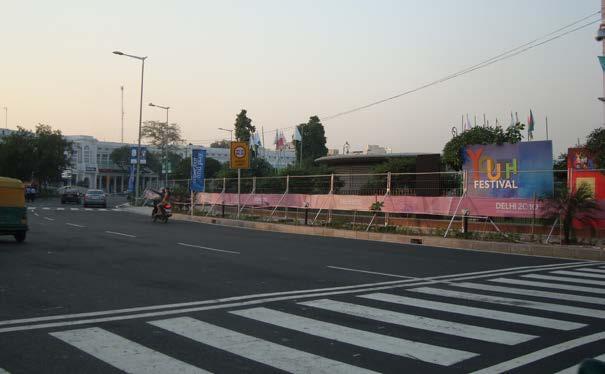
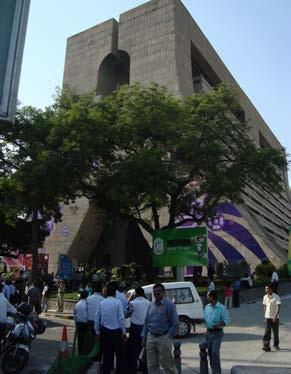
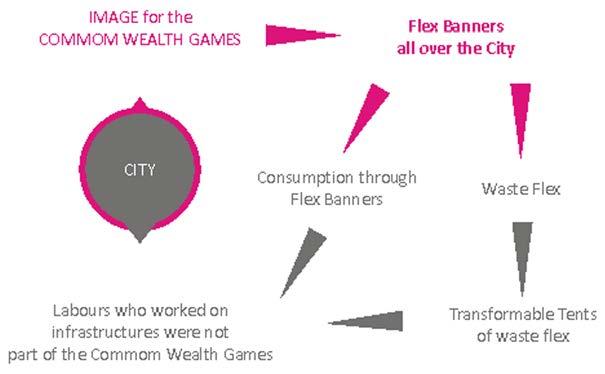
In this, first the elite eliminates the worker who made the stadium and so now the workers take these flex banners and convert them to create an ultra desirable fashion object like transformable tent. Since they are tents cum garments they are not of any use to the elite. They are a mere spectacle to be looked at from a distance for them as the games were for the workers. Apart from this it communicates the existing condition of these workers within the city generating a dialogue about their basic living condition.
PROCESS

INTRODUCTION
We relate to our environments emotionally. Though design theory sometimes fails to appreciate the complexity and the variance of human experience, for anyone concerned with design, cultivating the ability to recognize, listen, and respond to what people undergo and feel is vital. This paper aims to explore that in the city otherwise blasé there is potential for clothing to become empathetic towards its users. In the city which is extremely indifferent this design approach is directed towards building a more meaningful and empathetic interaction of clothing with its user in the existing environment. This will foster a mind shift within the development of both clothing and human-centered relationships. It also explores the complex existential condition of the designer wherein his self is constantly marginalized by the protocols of his professional practice. For an empathetic design, will need to focus towards developing a more inclusive design practice.
Empathy clothing: A Design for the Blasé City
DURATION- 4 months
TEAM- Independent
CATEGORY- Academic Project: Master’s Thesis
EXPERIENCE- Design Innovation
HYPOTHESIS
In the city otherwise blasé there is potential for clothing to become empathetic towards its users.



PROCESS
Inquiry of the City
Interviews- Urban planner, Artist, Psychologist
Simmel’s- ‘The Metropolis and The Mental Life”
Inquiry of the Self Collage as Inquiry

Inquiry by Design Five Case Studies Profile Response Maps Design Brief Mind Maps Thinking Sketches Explorations
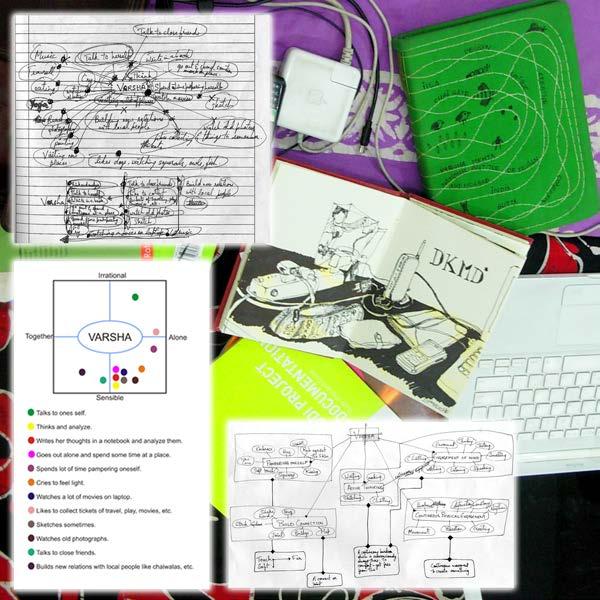
OUTCOME
Design concepts that explores inter-disciplinary area of human-centered design and fashion. Such design practices can articulate complex state of human minds and sometimes even be therapeutic. This also lead to a participatory design paradigm, where in, the designer is not just a facilitator but a participant as well.
Project Proposal
Secondary Research
Hypothesis Design
Research Design
Conducting Research- Shadowing
Brain Storming & Analysis
Concept Design & Development




INTRODUCTION
Today there are many companies coming up with good dress materials for kids keeping in mind the upcoming fashion trends. Kids wear market seems to be a fast growing upcoming industry in India. But on scrutinising the products offered by industry giants, it was realized that most of them (accept for infant clothing) focus on the aesthetics and fashion than on function ability in terms of learning.... which if explored creatively, can help us come up with products that can help in cognitive and motor development of the child.
On studying about the motor and cognitive skills of a child, we found that with time child gains greater control over large and fine motor skills; movements are more precise and deliberate, though some clumsiness persists. Cognitively she/he is eager to learn new things, is competitive and co-operative at the same time.... self esteem is a central issue. So the ability to dress and undress can actually give their self esteem a new high and since there fine and gross motor skills are also developing this is the right stage to actually teach them how to dress and undress.
DURATION- 4 weeks
TEAM- 2 members
CATEGORY- Academic Project
EXPERIENCE- Design Innovation
Smart Tots: Self Learn Clothing
OBJECTIVE
To design garments that initiates self learning in kids and serves their inquisitiveness to experience something new.
PROCESS
Problem Statement
Secondary Research & Patent Study
Market Mapping
Opportunity Mapping
Consumer Study
Data Analysis & Target Needs
Concept Design & Development

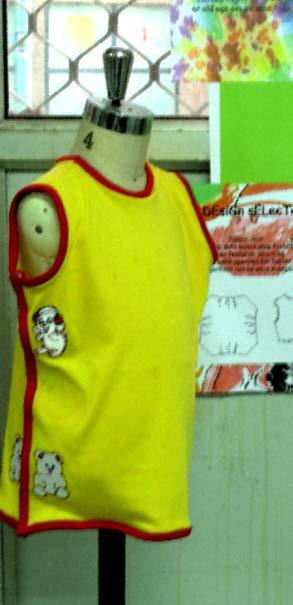
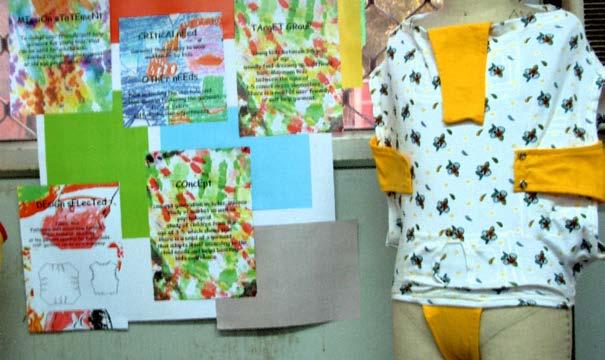
OUTCOME
Patentable design concepts & self help garments garments for young kids, that can also be used for adults with limited cognitive development.
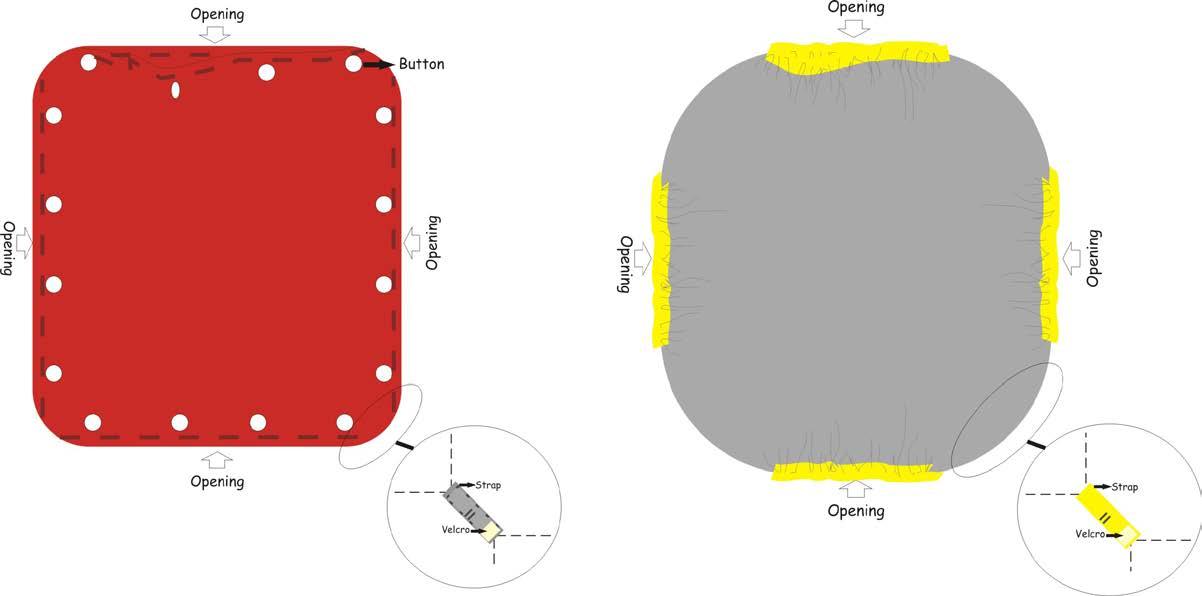
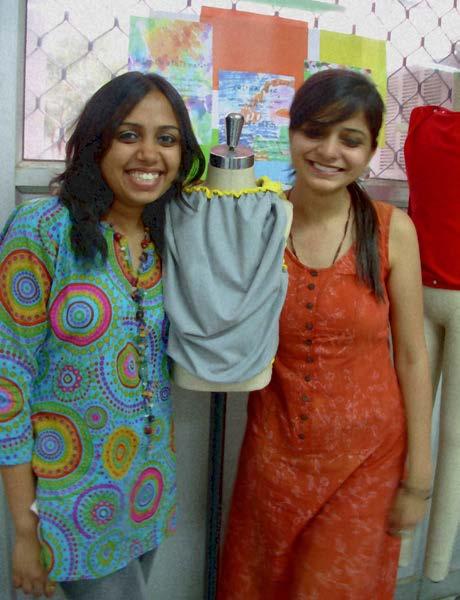

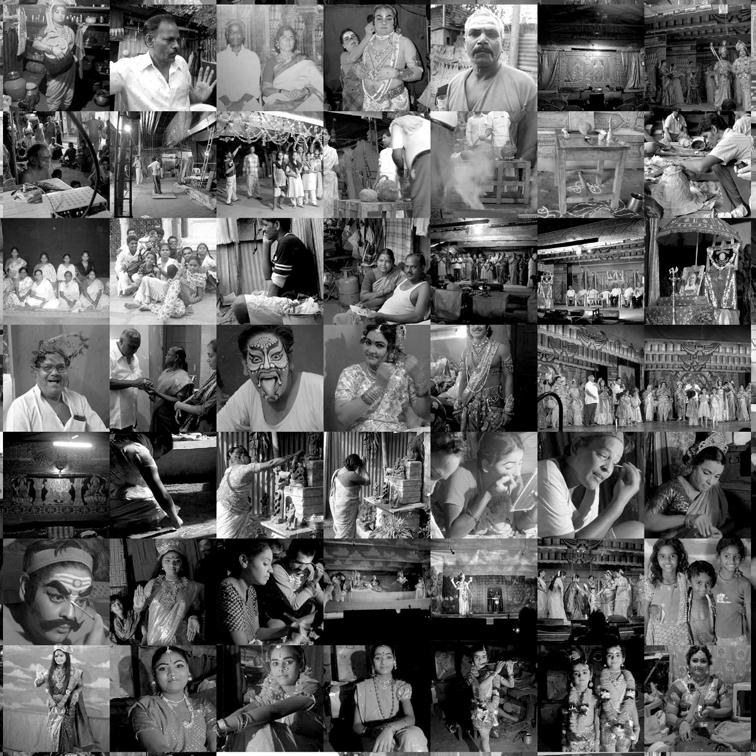
OBJECTIVE
1. An ethnographic study of the last living tradition of 120 years old traveling folk theatre. Understanding its historic roots & influence on telegu cinema.
2. A detail study of set design that includes the art of hand painted panoramas (a dying art) and unparallel stage crafts (use of manual techniques to create special live effects).
3. A detail study of Costume and Make-up design unique to theatrical performances of some of the Indian classical performing arts.
Magic & Melodies: Marvels of Surabhi Theatre
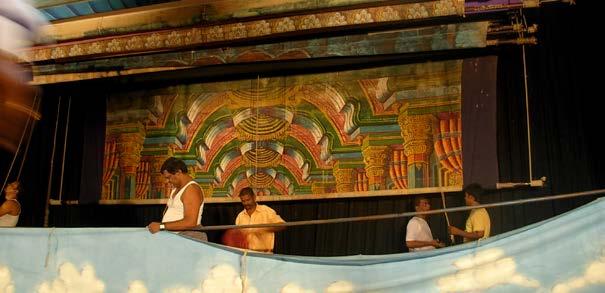

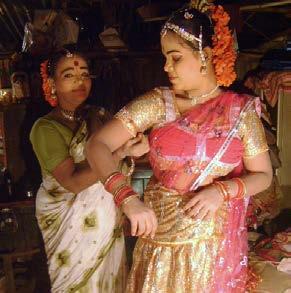

DURATION- 2 months
TEAM- 2 members
CATEGORY- Academic Project: Mid-Semester Internship
EXPERIENCE- Ethnographic research

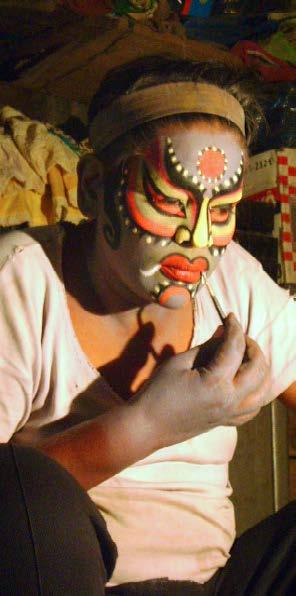
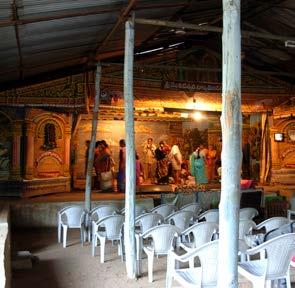
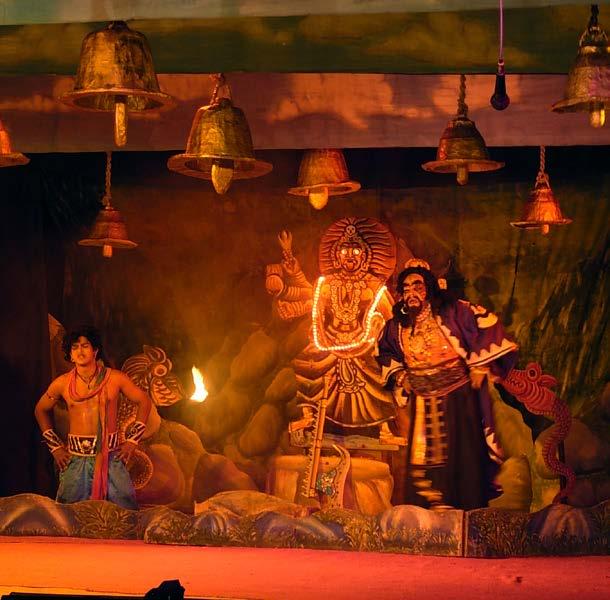
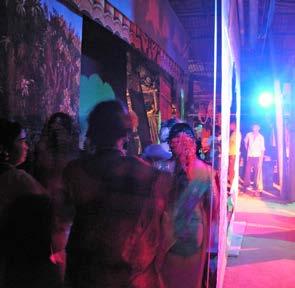
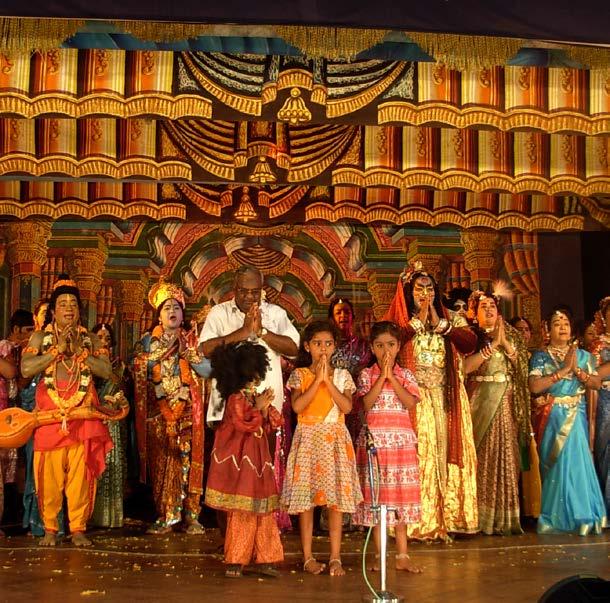
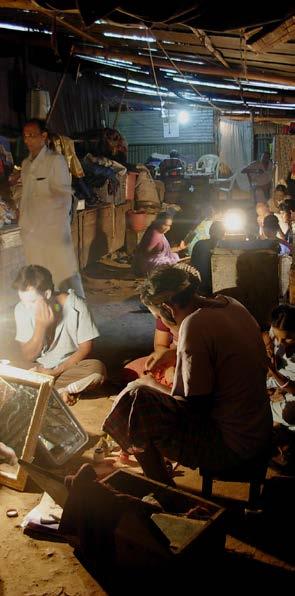
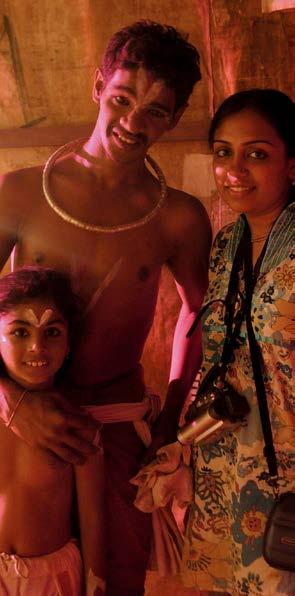
RIDHIMA JAISWAL
ridhima.jaiswal@gmail.com / 8527331755
My interest in the socio-cultural dynamics between people and their environment and academic background in human centered design got me interested in the field of Design Research.
I have explored and participated in various aspects of research practices such as research design, ethnographic study, analysis, conducting workshops and conceptualizing ideas and strategies both nationally and internationally.
In my professional experience I have experimented and evolved myself to work with people from an eclectic mix of researchers, designers, MBA’S, marketing and technology to deliver concepts and strategy from a design perspective.
My love for travel, photography and interacting with different people always keeps my passion up and contribute to my Research practice.
EXPERIENCE
4+ years of industry experience in the area of design research, art management, exhibition design and fashion.
EDUCATION
M Des. National Institute of Fashion Technology, New Delhi 2008-2010
BSc. (Fashion Design) JGI, MATS University, Raipur 2003-2006
